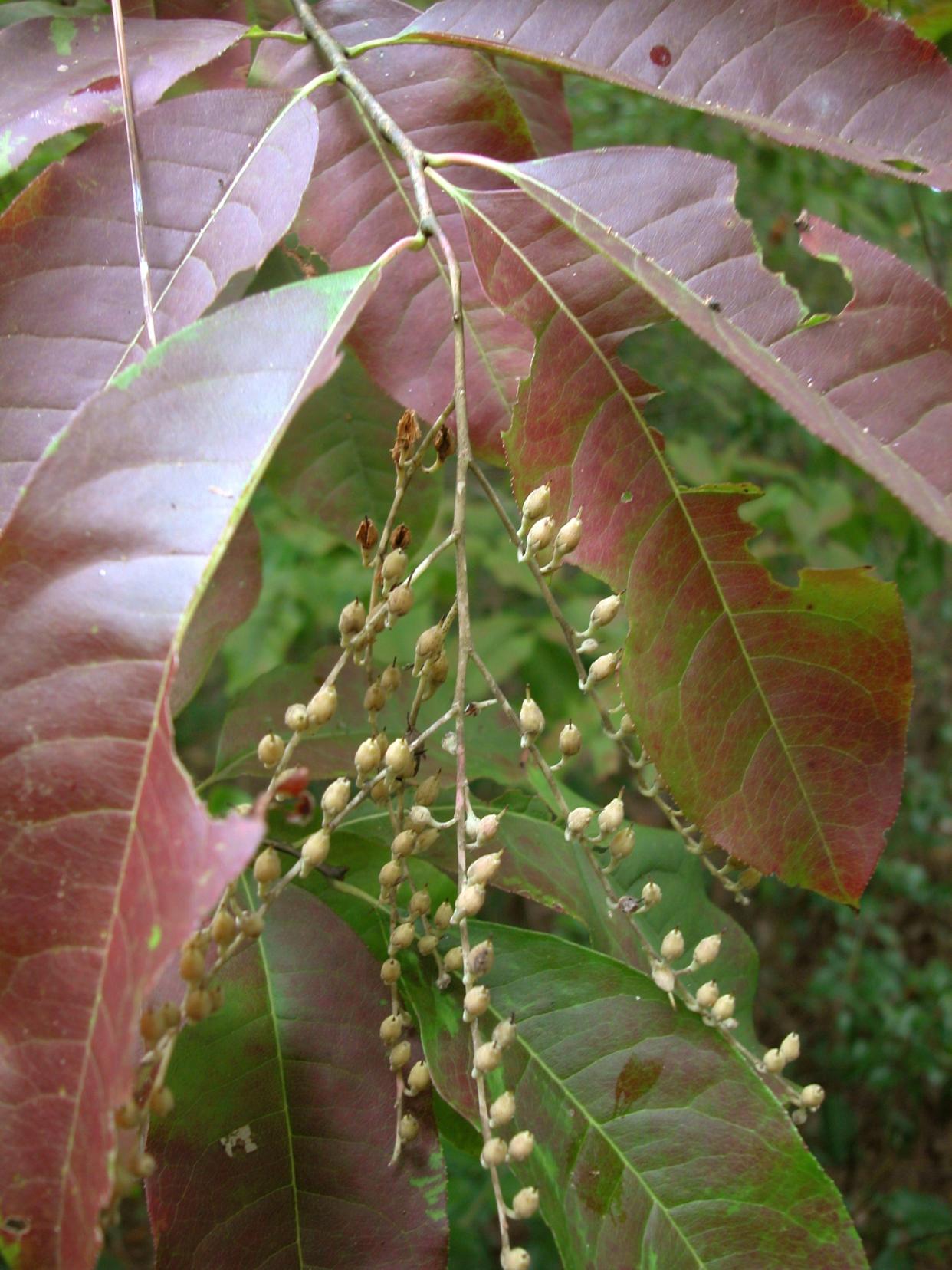Lovely tree turns brilliant red in fall, attracts honeybees in summer | Mystery Plant

It's not a dogwood, although it looks somewhat like one, but it does have a little bite.
One of the loveliest trees of the eastern United States, it is fairly common from Pennsylvania through the Appalachians south to Georgia, down through the Florida panhandle and into Louisiana.
It likes high ground, usually on bluffs and slopes, often in sandy or rocky woods in the company of sassafras, hickories, persimmons, blackjack oak, and post oak.
Native orchid: Showy native orchid sprouts sword-like leaves, up to 50 flowers at top | Mystery Plant
Frog farming: Feeling froggy? How to attract these amphibians to your garden and yard
Gardening: To do in the garden in September, October: Mind the lawn, refresh fall color
Sourwood or Lily of the Valley tree, Oxydendrum arboreum, is a small tree, usually no more than about 30 feet tall. Large specimens may have a trunk about a foot in diameter, featuring hard, durable wood. When I was in school, we were taught a way to recognize this species in a forest: once the trees attain some size, the trunks commonly lean over a bit.
The leaning isn't always prominent, and there are better ways to recognize it. On a sizeable tree, the bark will be gray and blocky, indeed something like that of a dogwood tree. Its twigs are mostly smooth, and usually somewhat reddish.
The leaves are up to 8 or so inches long, shaped like a slender football (some people compare them to the leaves of a peach tree), with a distinctive margin of tiny, sharp teeth, especially toward the tip.
Chew on one of the leaves and you will be rewarded with a strong, and not unpleasant, sour taste, something like sorrel. The shiny green leaves have another surprise in store for us, as they will turn a brilliant red in the fall, perhaps the earliest of our native deciduous trees to exhibit really good fall color.
You can see them starting this display now. It is one of the best fall-color plants around, and for that reason is popular as a yard tree.
Blooming time is mid-summer, and flowers appear in spray-like clusters on the ends of branches. Individual flowers are small, white and tubular, and look a bit like a blueberry flower. That is, they will have a sort of “urn” shaped corolla of small petals, with 10 stamens inside.
In fact, our Mystery Plant is a member of the blueberry, or "heath" family, along with rhododendrons, mountain laurel, and heather. While in bloom, each flower hangs, prominently down-turned.
Again, a wonderful treat is provided: honeybees (and beekeepers) go crazy for these blooms, and some of the world's finest, sweetest honey is made from it. (Just think: sour foliage, and sweet honey!) Apiarists sometimes move the hives around, at just the right time, to make sure that these trees are available to the busy little helpers at just the right time.
This tree provides its fans with a sort of circus trick as a treat: as the flowers age, and as the young capsules begin to develop, the flower stalk will curve upward. Eventually, the ripe seed-pods will be sticking straight up, and after splitting open, releasing plenty of tiny, tiny seeds.

John Nelson is the retired curator of the A. C. Moore Herbarium at the University of South Carolina in Columbia SC. As a public service, the Herbarium offers free plant identifications. For more information, visit www.herbarium.org or email johnbnelson@sc.rr.com.
Never miss a story: Subscribe to the Tallahassee Democrat using the link at the top of the page.
This article originally appeared on Tallahassee Democrat: It looks like a dogwood, but this tree's blooms attract honeybees

